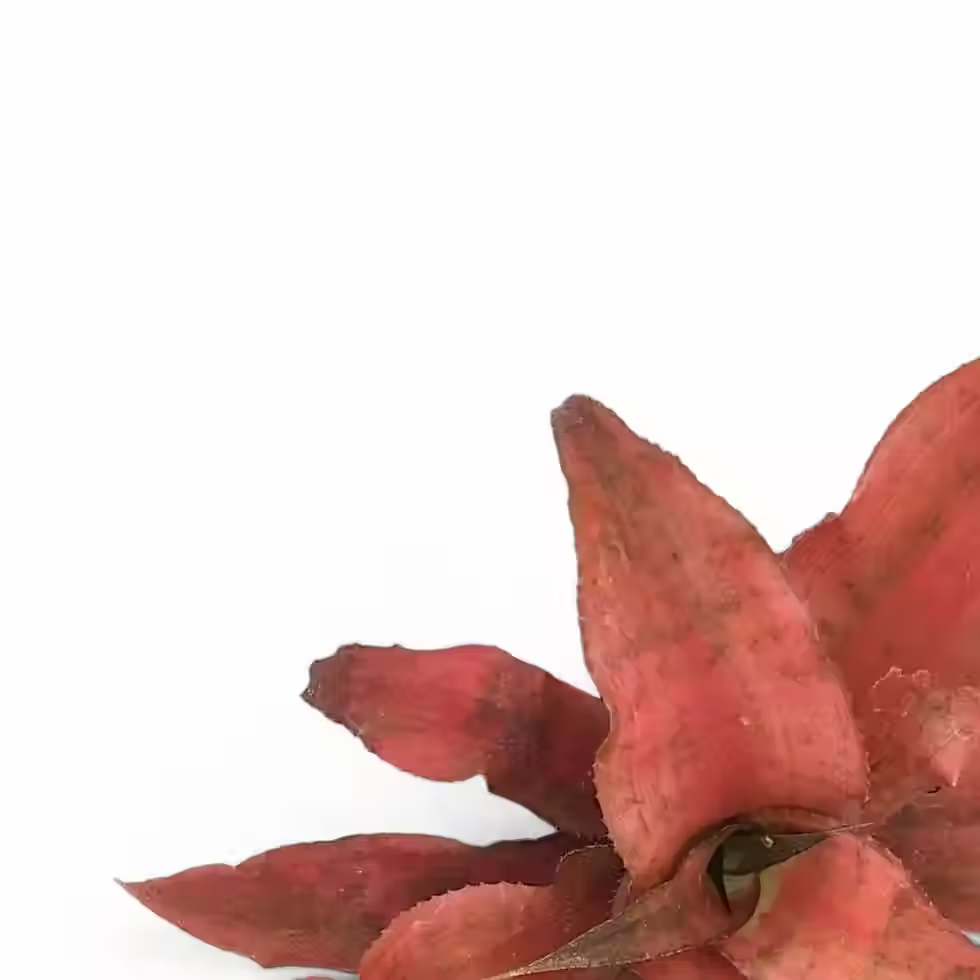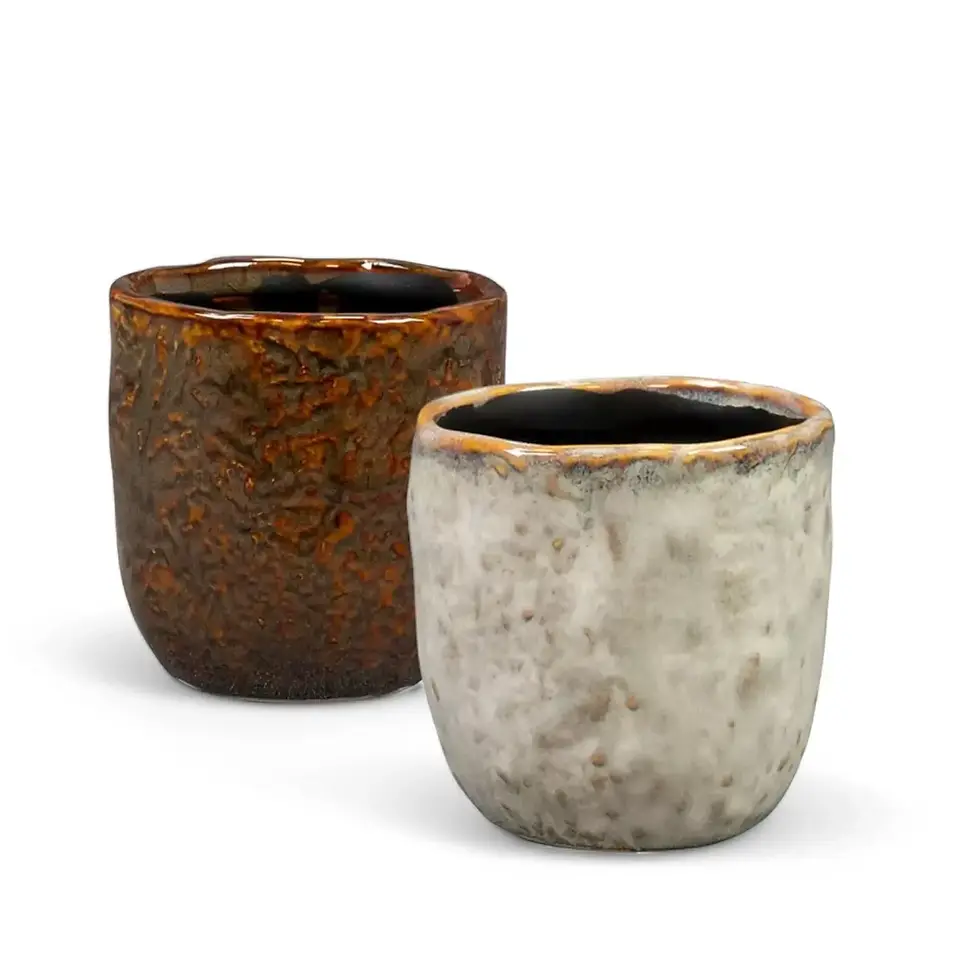Goeppertia (Calathea) elliptica 'Vittata' - Information and Plant Care
Goeppertia (Calathea) elliptica 'Vittata', often referred to by its previous genus name Calathea, is a strikingly beautiful houseplant known for its elegant foliage. Though its botanical classification has changed, Calathea remains the more commonly recognized name.
With pale green to white stripes running parallel to its veins, this cultivar of Goeppertia elliptica offers a unique visual appeal. Its slender, elliptical leaves make it a popular choice for plant enthusiasts looking to add a touch of sophistication to their indoor space.
As part of the broader family of prayer plants, its leaves have the fascinating ability to fold up at night, almost as if they are "praying" to conserve energy. This movement makes Calathea elliptica 'Vittata' a captivating addition to any plant collection.
Key Features of Goeppertia (Calathea) elliptica 'Vittata'
- Leaf Structure and Texture: Light to mid-green leaves adorned with white or pale green stripes that run parallel to the leaf veins, giving them a delicate, hand-painted appearance.
- Growth Habit: Typically grows up to 30-40 cm in height, forming a bushy, upright shape that is ideal for tabletops, shelves, or small floor planters.
- Non-Toxic: Safe for households with pets and children, making it a great choice for various living environments.
How to Care for Calathea elliptica 'Vittata'
- Light: Prefers indirect light. Avoid direct sunlight as it can cause leaf burn or fading of the variegation.
- Watering: Water thoroughly when the top 2-3 cm of soil feels dry. Ensure proper drainage to prevent root rot.
- Humidity: Keep humidity levels above 60-70%. A humidifier or grouping with other plants can help maintain moisture.
- Soil: Use a rich, well-draining potting mix. A mix containing coconut coir and perlite is ideal.
- Temperature: Thrives between 18°C and 24°C. Avoid exposure to cold drafts or heating vents.
- Fertilizer: Feed with a balanced liquid fertilizer every four weeks during the growing season, avoiding over-fertilization.
Common Issues and Solutions for Calathea elliptica 'Vittata'
- Yellowing Leaves: Often caused by overwatering. Check soil moisture and allow the top layer to dry before watering.
- Brown Leaf Edges: Usually due to dry air or underwatering. Increase humidity and maintain consistent watering.
- Root Rot: Can result from excessive moisture. Ensure the pot has adequate drainage and do not let the plant sit in soggy soil.
- Pests: Watch for spider mites, mealybugs, and fungus gnats. Treat infestations with insecticidal soap , neem oil, or use beneficial insects.
Additional Growing Tips for Calathea elliptica 'Vittata'
- Placement: Position the plant in a location with stable humidity, such as a well-ventilated room that mimics tropical conditions.
- Cleaning: Wipe leaves gently with a damp cloth or microfiber dusting gloves for plants to remove dust and allow the plant to breathe properly.
- Repotting: Repot every 1-2 years in spring to refresh the soil and encourage healthy root growth.
Understanding the natural habitat of Goeppertia elliptica and replicating its tropical environment will ensure that your plant thrives indoors. Stable humidity, proper watering, and indirect light are key to maintaining its beauty.
Etymology
The genus name Goeppertia honors German botanist Heinrich Göppert, a pioneer in plant anatomy and paleobotany. Though its classification has shifted from Calathea to Goeppertia, this plant remains beloved by collectors and is still widely referred to as Calathea in casual usage.
Goeppertia (Calathea) elliptica 'Vittata'
Goeppertia (Calathea) elliptica 'Vittata'comes in a ⌀ 6 cm pot and is approximately 14 cm tall.

























































